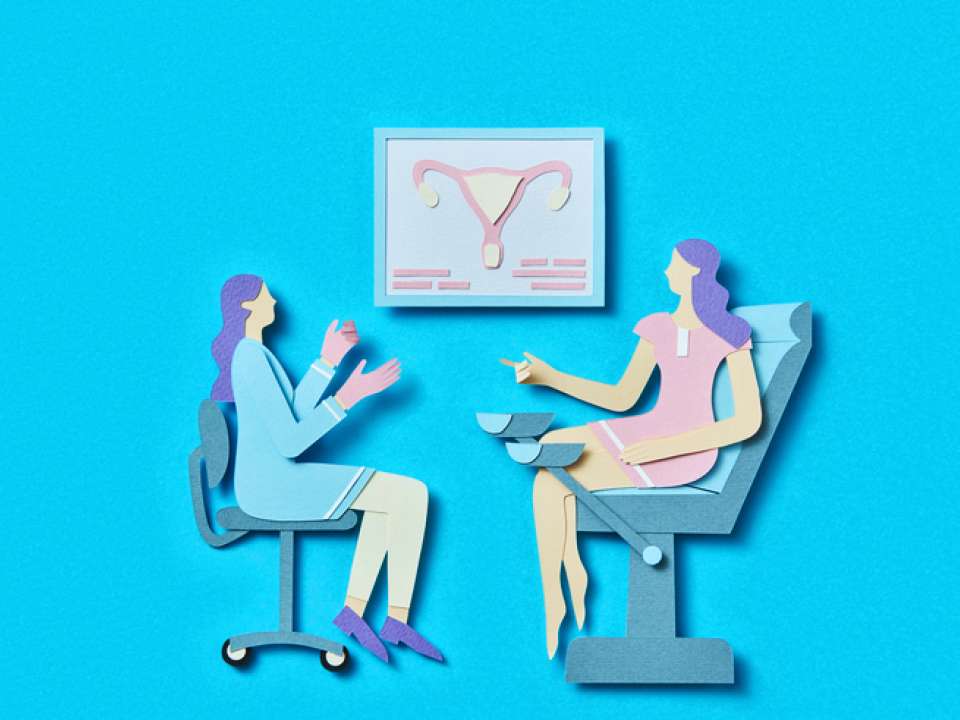
If you’ve gotta go, you’ve gotta go, but sometimes keeping things under control can be a challenge — especially as women age.
Maybe you’re embarrassed and don’t want to bring it up with your doctor. Maybe you feel like you don’t have time to deal with it. Maybe you think it’s a normal part of life that you have to accept. If any of these statements ring true for you, you are not alone. But none of this needs to be the case.
With all that’s always on our plates, it can be hard to take the time for our own medical care, but incontinence is not something anyone has to live with.
Leaking with a cough or sneeze
“There are two main reasons why women leak urine, and both have simple treatment options that yield great results,” says Dr. Suzette E. Sutherland, UW Medicine’s director of female urology, who sees patients at the Urology Clinic at Mountlake Terrace.
The first cause is stress urinary incontinence (SUI), which is when physical stress is exerted on the pelvic area — a strong cough or sneeze or physical activity like running, jumping or lifting — and it causes you to leak a bit of urine.
This condition, which is far more common in women, is most often caused by a weakening of the ligaments and muscles that support the bladder and urethra, collectively known as the pelvic floor. Anything associated with high stress or force to the pelvic floor can lead to SUI through progressive weakening: chronic straining (constipation, lifting), high-impact activities, pregnancy and vaginal deliveries.
If you’ve given birth before, the more vaginal births you have, the higher your risk for developing stress urinary incontinence. You also have an increased likelihood of experiencing incontinence during your pregnancy, especially during the later stages.
Treatment options are often simple and noninvasive. Conservative options include pelvic floor muscle exercises for strengthening (known as Kegels) or wearable, intra-vaginal devices that physically support the bladder and urethra (known as pessaries). If these are not sufficiently effective, then minimally invasive, out-patient procedures are also available.
The most commonly performed surgical procedure for SUI is the midurethral sling. This simple 15-minute procedure is effective and low risk, requiring only a small incision in the vagina. This means there isn’t a long recovery time after the procedure, so you can get back to your regular activities quickly.
“We want women to know that these simple solutions can make a big difference in someone’s quality of life and overall sense of well-being,” says Sutherland.
Needing to go all the time
The second type of incontinence is called urgency urinary incontinence (UUI) and is most often associated with an overactive bladder (OAB). With this condition, you may feel like you have to go all the time and might not even make it to the bathroom sometimes when you feel the urge.
“With stress urinary incontinence (SUI), we are focused on supporting the bladder and urethra so that it can withstand the stress,” says Sutherland. “With urgency urinary incontinence (UUI), it’s all about getting the bladder and the sense of urgency to calm down, so that the bladder can hold more urine at any given time, and when the patient does get the urge to go, she will get more warning time to allow her to make it to the bathroom without leaking.”
First-line treatments include dietary fluid and food changes, lifestyle modifications to manage emotional stress, bladder re-training techniques, and pelvic floor relaxation exercises meant to get the bladder to calm down. Second-line treatments include medications, taken daily, which are also focused on getting the bladder to relax.
For those who have not done well with more conservative options, other treatments include Botox injections into the bladder (done in office), an acupuncture-like treatment that influences the bladder and a simple, implantable “pacemaker” that modulates the nerves to the bladder to get them to calm down and relax.
“As is the case for all surgical options, it is really important to see a board-certified surgeon focused on female pelvic health, and who has the clinical experience to successfully achieve the desired patient outcomes,” says Sutherland.
Both types of incontinence can occur at the same time, as well, which makes a collaborative approach to treatment very important.
“Each patient’s circumstances and needs are different based on their own unique situation,” says Sutherland. “Some patients even have both of these condition — SUI and OAB/UUI — so it’s important to educate the patient about their similarities and differences, in order to provide a collaborative approach and get the best results possible.”
The bottom line
Bodies change over time, and there is no need to suffer in silence when high-quality healthcare can help.
If you’re dealing with incontinence, you can get the support you need to feel like your confident, active self — with less disruption to daily life than you think.

 Healthy ideas for your inbox
Healthy ideas for your inbox





